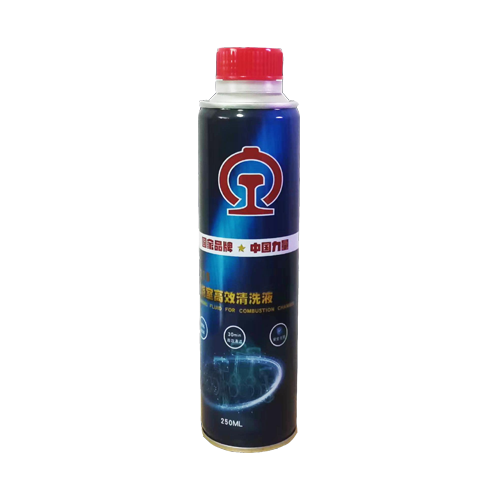
Combustion Chamber High-Efficiency Cleaning Fluid
Technical Specifications:
Viscosity Grade:
Weight:
We’re here to help:Easy ways to get the answers you need
250ML

Combustion Chamber High-Efficiency Cleaning Fluid
Technical Specifications:
Viscosity Grade:
Weight:250ML
 Scan with WhatsApp camera
Scan with WhatsApp camera
 Scan with WhatsApp camera
Scan with WhatsApp camera
 Scan with Wechat camera
Scan with Wechat camera